#Codex Telleriano-Remensis
Text
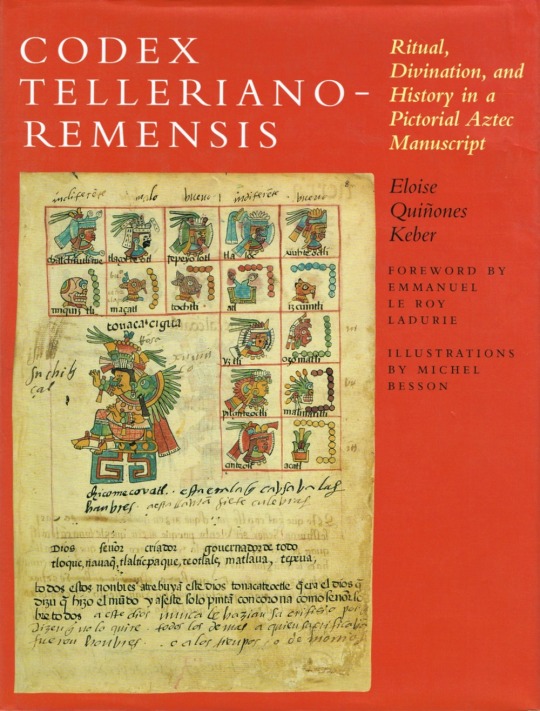
Codex Telleriano-Remensis. Ritual, Divination, and History in a Pictorial Aztec Manuscript. Foreword by Emmanuel le Roy Laduire. Illustrations by Michel Besson
#Aztec#Codex Telleriano-Remensis#mythology#manuscript#book#book cover#cover design#Mexico#culture#anthropology#codex#history
12 notes
·
View notes
Text

For #WorldSerpentDay: Quetzalcoatl, the feathered serpent deity of the Aztecs, shown here in full zoomorphic form snacking on a human in the Codex Telleriano-Remensis, c. 1563. [BnF MS Mexicain 385 f. 18r]
#snake#serpent#snake deity#serpent deity#snake god#serpent god#feathered serpent#Quetzalcoatl#Aztec#Mexica#Mesoamerican art#Indigenous American art#codex#Mesoamerican codex#illuminated manuscript#illustration#painting#the feathered serpent deity of the Aztecs#Spanish conquest#Codex Telleriano-Remensis#16th century#World Serpent Day#zoomorphic#animals in art
83 notes
·
View notes
Link
1 note
·
View note
Photo

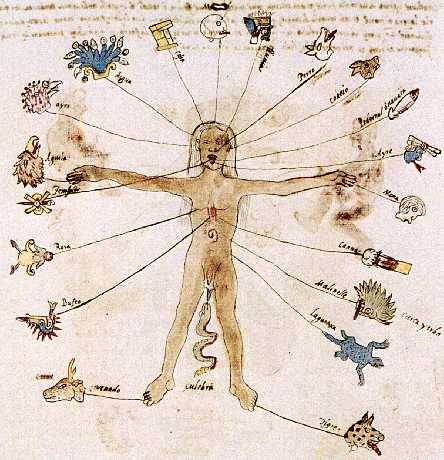
The Codex Vaticanus A / Codex Rios is an adaptation of the Codex Telleriano-Remensis, a colonial Spanish manuscript, translated into Italian with annotations by a Dominican friar working in Oaxaca, Mexico. The manuscript was likely created in Italy after AD 1566 and recounts the history of Tolteca-Chichimeca culture from AD 1195 - 1549.
Top, page 4. "The first age in Mexican cosmogony ended with a great flood when the water deity descended to earth. Men were changed into fish, but one couple managed to escape the deluge. During this age, giants lived on earth (here, the large reclining body).“
Bottom, page 54: Signs representing the twenty days of the ritual calendar are linked to a part of the body.
#codex rios#colonial mexico#codex vaticanus a#codex telleriano-remensis#codex#rios#vaticanus a#toltec#chichimeca#telleriano-remensis#mexico
173 notes
·
View notes
Text
The official title for this kind of climatic event handed down through writing or pictures is geographic mythology. Fascinating subject.

#ancient Mexico#Codex Telleriano Remensis#pictograms#pre-Hispanic Mexico#archaeolinguistics#archaeology
10 notes
·
View notes
Link
7 notes
·
View notes
Text
35 notes
·
View notes
Text
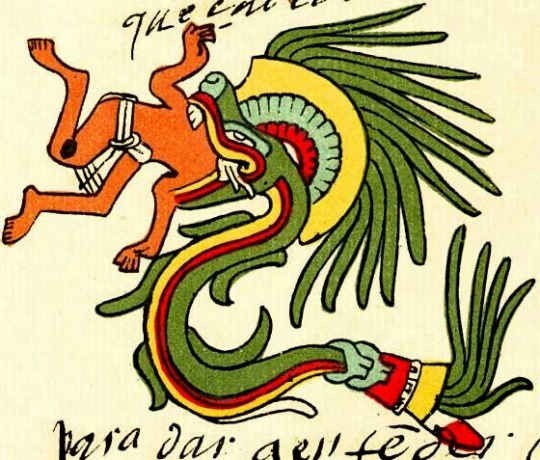
Codex Telleriano-Remensis (16 century)
46 notes
·
View notes
Photo

Representation of the Aztec (Mexica) God HUITZILOPOCHTLI, from the recto of the folio 5 of the Codex Telleriano-Remensis (16th century).
11 notes
·
View notes
Text
A 500-Year-Old Aztec Manuscript Is The Oldest Written Record Of Earthquakes In The Americas
https://sciencespies.com/news/a-500-year-old-aztec-manuscript-is-the-oldest-written-record-of-earthquakes-in-the-americas/
A 500-Year-Old Aztec Manuscript Is The Oldest Written Record Of Earthquakes In The Americas


According to a pair of researchers who have systematically studied Mexico’s historical earthquakes, a 500-year-old Aztec manuscript is the first “written” evidence of earthquakes in the Americas, the Seismological Society of America reports.
The Codex Telleriano-Remensis, produced in sixteenth century Mexico on European paper, is one of the finest surviving examples of Aztec manuscript painting. It is a solar and lunar calendar that records historical events, such as the ascensions and deaths of rulers, battles, earthquakes, and solar eclipses, as pictograms – little drawings telling a story.
According to the study published in the journal Seismological Research Letters by Gerardo Suárez of the Universidad Nacional Autónoma de México and Virginia García-Acosta of the Centro de Investigaciones y Estudios Superiores en Antropología Social, the pictograms in the Telleriano-Remensis record 12 earthquakes occurring between 1460 and 1542.
The pictograms offer little information on the location, size or damage caused by the earthquakes, but thanks to symbols referring to specific solar eclipses or days, and explanations written in Latin, Spanish and sometimes Italian by later commentators alongside the symbols, it is possible to date the events. One pictogram shows an earthquake happening in the year 1507, an event associated with a solar eclipse, destroying a temple and drowning 1,800 warriors in an unidentified river, presumably in southern Mexico.
“It is not surprising that pre Hispanic records exist describing earthquakes for two reasons,” said Suárez. “Earthquakes are frequent in this country and, secondly, earthquakes had a profound meaning in the cosmological view of the original inhabitants of what is now Mexico.”
Mesoamerican civilizations viewed the universe as cyclical, with successive eras or “suns” destroyed by floods, wind, fire and other natural disasters before the appearance of a new sun. The current and fifth “sun,” according to this view, will be destroyed by earthquakes. In Aztec mythology, Tepeyollotl (“heart of the mountains”) was the god of darkened caves, earthquakes, echoes and jaguars.
In Aztec mythology, Tepeyollotl (“heart of the mountains”) was the god of darkened caves, … [+] earthquakes, echoes and jaguars. Drawing in the Codex Telleriano-Remensis.
Public Domain
Earthquakes, called tlal-ollin or nahui-ollin in the Nahuatl language, are represented by two symbols used in the pictograms: ollin (movement) and tlalli (earth). Ollin is a glyph consisting of four helices (representing the four cardinal directions of the Earth) and a central eye or circle. Tlalli is a glyph consisting of one or several layers filled with dots and different colors (representing precious gemstones). In the Telleriano-Remensis, there are other modifications of the earthquake glyphs, but their meanings are still not clear to scholars.
Presentation of nahui-ollin (Four Movement), showing an eye (ixtli) is the center. From the Codex … [+] Borbonicus (1519-1521)
Public Domain
Suárez and García-Acosta note that other annals offer information that complements the codex earthquake drawings, perhaps filling in more details about the impacts and locations of specific earthquakes. For example, a historical account by the Franciscan friar Juan de Torquemada describes a 1496 earthquake that shook three mountains in “Xochitepec province, along the coast” and caused landslides in an area inhabited by the Yope people.
The site is within the Guerrero seismic gap, a region of relative seismic quiet along the subduction zone in southern Mexico. The historical descriptions suggest that the 1496 earthquake might have been a very large earthquake of magnitude 8.0 or larger within the gap. There have been no recorded earthquakes of that magnitude in the gap since 1845.
The historical evidence “really does not change our view of the seismic potential of that region in southern Mexico,” Suárez explained. “It simply adds additional evidence that great earthquakes have occurred in this segment of the subduction zone before, and the absence of these major earthquakes for several years should not be considered as though this region is aseismic.”
Suárez and García-Acosta began studying historical earthquakes in Mexico after the devastating magnitude 8.0 Mexico City earthquake in 1985, eventually publishing their findings in the book Los sismos en la historia de México. “However, we had not tackled the pictographic representation of earthquakes,” said Suárez. “We recently embarked on a more detailed study of this pictographic representation and other texts written immediately after the Spanish conquest.”
Codex writing was done by trained specialists called tlacuilos, meaning “those who write painting.” While many codices were burned as pagan objects after the Spanish conquest, some survived and the pictographic style was used in new codices up into the eighteenth century.
The researchers plan to study other codices that are not as well-known as the Telleriano-Remensis, but have so far been unable to access the libraries that hold them due to COVID-19 restrictions.
#News
0 notes
Text
Pictograms are first written accounts of earthquakes in pre-Hispanic Mexico
The Codex Telleriano Remensis, created in the 16th century in Mexico, depicts earthquakes in pictograms that are the first written evidence of earthquakes in the Americas in pre-Hispanic times, according to a pair of researchers who have systematically studied the country’s historical earthquakes.
Pictograms are first written accounts of earthquakes in pre-Hispanic Mexico syndicated from https://triviaqaweb.blogspot.com/
0 notes
Photo


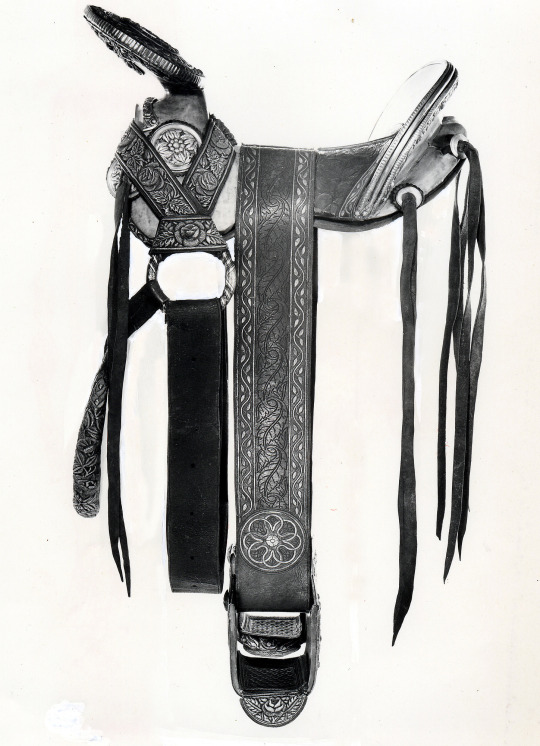

Smithsonian Gov Exhibit: "Mexican America"
"Mexican America" is a sampling of 35 objects from the collections of the [Smithsonian] National Museum of American History. The stories behind these objects--ranging from from pre-Hispanic artifacts to contemporary artworks--reflect the history of the Mexican presence in the United States. They illustrate a fundamentally American story about the centuries-old encounter between distinct (yet sometimes overlapping) communities that have coexisted but also clashed over land, culture, and livelihood.
The site includes a bilingual narrative, a glossary, and a bibliography.
Table of Contents:
Introduction
History
Resources and Credits
Mexican America: Glossary
Glosario Mexicoamericano
Bibliography
images: Selena's Leather Outfit; Saddle (ca.1895); Codex Telleriano-Remensis (ca.1900)
1 note
·
View note
Photo
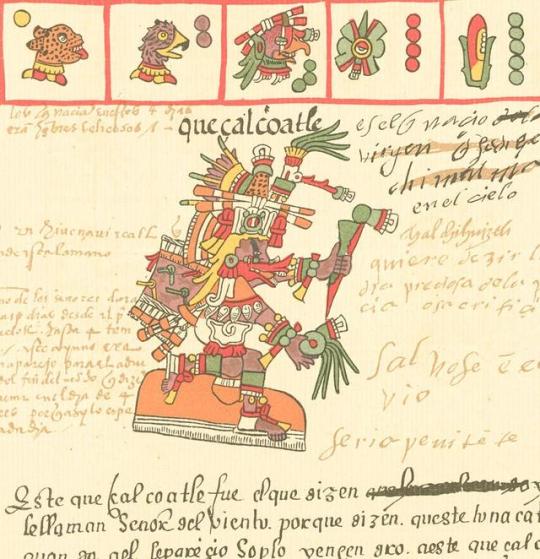
The god Quetzalcoatl in the Codex Telleriano-Remensis, a book of Tolteca-Chichimeca history, religion, and culture, written by scribes in collaboration with a Spanish friar in about 1550.
3 notes
·
View notes
Photo

My first drawing of 2017, which seems appropriate for the tone present this year. Did this cartoon for the website Pocho.com and is based off an image from the Codex Telleriano-Remensis.
18 notes
·
View notes